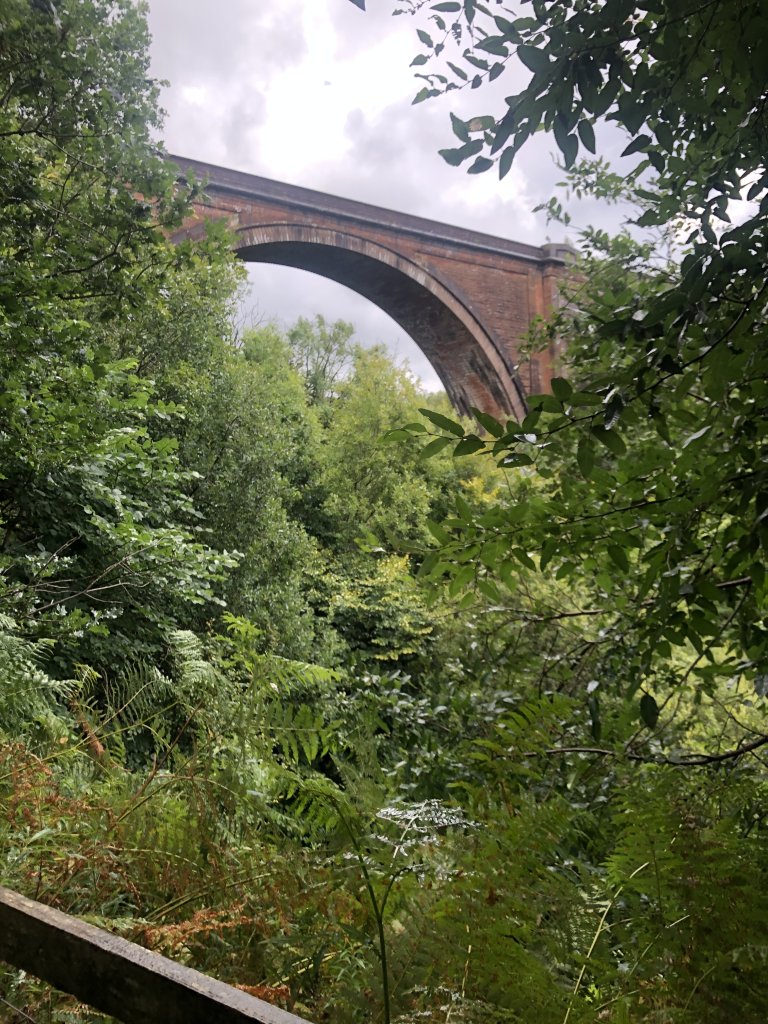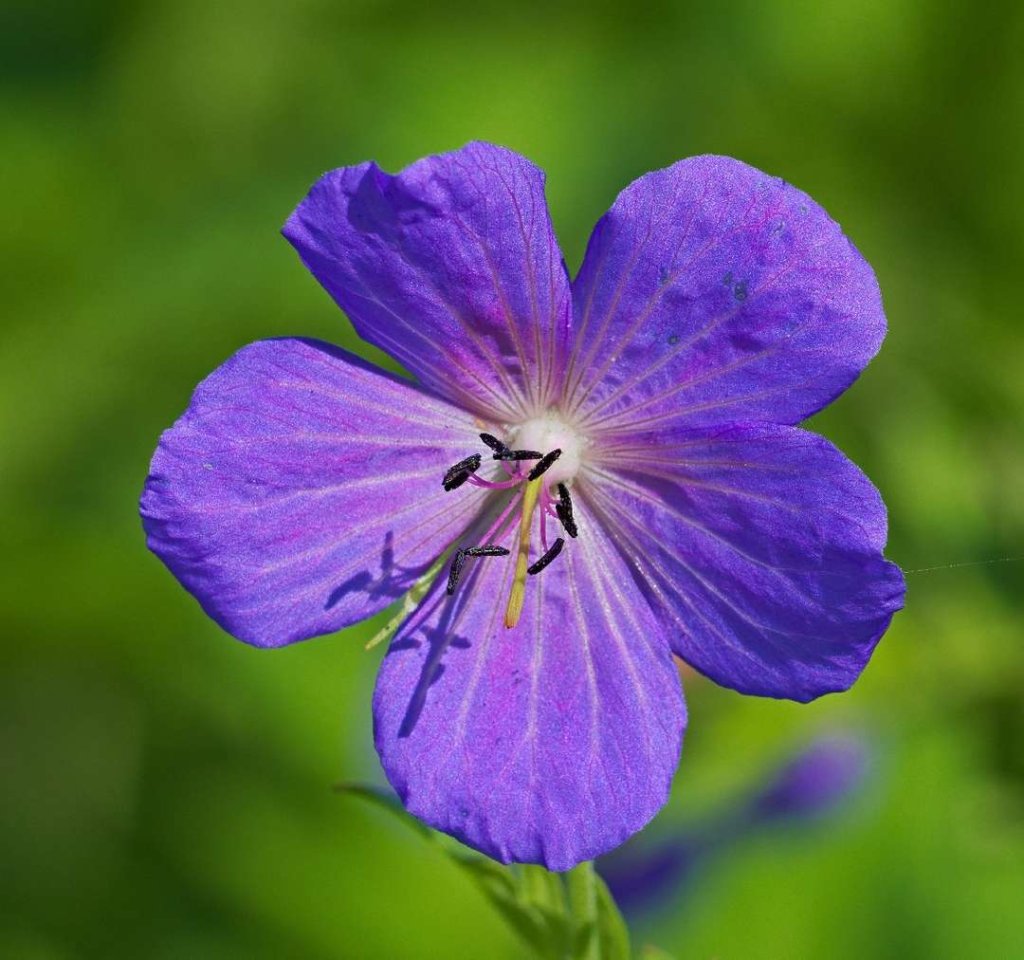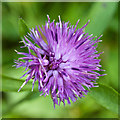Notes from Plan X
August 15, 2023, 8:06 am , by Richard Lutz

RICHARD LUTZ dabbles in a bit of purple prose
Time to revert to Plan X.
There is no alternative in Scotland.
Usually, in provisional nice weather, you stuff your bag with a bottle of water, a sandwich or two and, if lucky, a Mars Bar. Then you hit the hills, the glens, the coastline for a stroll, a hike, a trek, an ordeal.
But summer in Scotland is tricky. When the weather forecast tends towards ‘variable’, or just ‘bloody horrible.’ your backpack changes.
Time to launch Plan X.
On top of the above (including maybe two Mars bars), you add a waterproof jacket, knee high gortex gaiters to plough through mud, a baseball cap for the sun, a woollen hat for howling wind, an extra fleece and, crucially, a pile of dry clothes in the back of the car. And a towel.
It’s so changeable, so temperamental, especially this summer, that Plan X seems to occur every weekend. Especially this past weekend when we descended into gorges…the gorgeous gorges….of the River Ayr. Its twisting path winds above and through deep hardwoods that clothe the steep ravine…

and dips below the Ballochmyle Viaduct which spans the gap for the trains that chug south to Carlisle (and therefore England):

And of course, deep in the recesses is the hidden gem of neolithic carvings that were chipped into the sandstone somewhere around 3000 BC.

No one knows why (or, truthfully, when) they were created. Nor even who created these so called ‘cup and ring’ marks. I’ve met folks who contend the carvings are an ancient map of the stars. Or a religious site or just a blank rocky canvas on which the Neolithics practiced their mysterious designs. Or maybe they were simply the Must Have exterior decoration for avant garde style conscious cave owners all those millennia ago.
Around us, the River Ayr paths abound with wild flowers. Mid August means we hit a purple patch. There is, of course, vetch that dots the edges:

And crane’s bill:

And knapweed with the thuggish nickname of hardheads:

And the omni-present Willow herb, also called Fireweed. It’s everywhere. Some say it became ever more present when the wheels of 19thc locomotives carried its seed to all corners of Britain.

And to end, there’s globe thistle:

It’s just bursting out now. It’s prickly flowers are spikey things. It’s genus name is Echinops which comes from the Greek word for hedgehog. If you want proof of this derivation, just try falling into a patch of globe thistle. You won’t forget it. And your choice of words will be…well…a bit purplish.




Robin
What a hidden gem.
Bill Maples
Like it !!
RSD
I assumed the Mars bar was just another American candy bar but in fact it was “first manufactured in Slough, England under the Mars bar name in 1932 by Forrest Mars, Sr., son of American candy maker Frank C. Mars. He modelled it after his father’s Milky Way bar, which was already popular in the US, adjusting the recipe to better suit European tastes and originally advertised it as using Cadbury’s chocolate couverture. Three million Mars bars accompanied the British task force to the Falklands in 1982. ” Well, now on to Chunky and Three Musketeers bars…
John McQuinn
Nice to reminisce
Karen Cohen
Beautiful photographs
Lol Freeman
Lovely walk just what I need
Will Travel
Cranes bill have a beautiful and ethereal aspect and their colour is quite delightful. I’m a late convert and didn’t know of their existence until recently
Julia Burnes
Lovely pix
Nic Moor/Highlands
👍🏻
H. Ohtani
some cranesbill – the reddy-pink – is called Herb Robert.
Subscribe to new posts.